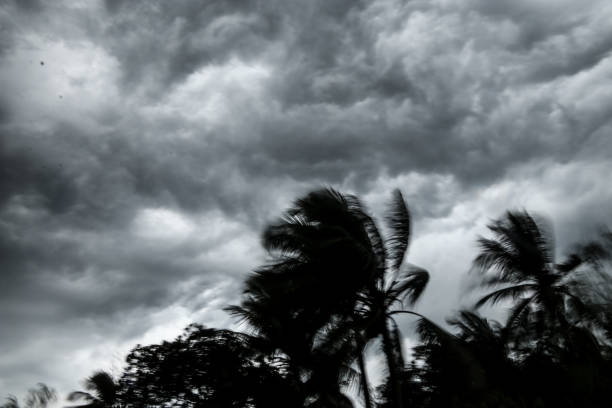The Cyclone Asani is expected to weaken into a depression and it may cause heavy rainfall in a few districts in Odisha after forty-eight hours. Flooding is currently not expected due to the season of summer.
The latest update says that the cyclone is moving at an average of 5 kilometres per hour. A heavy storm lies at about more than 300 kilometres from south-southeast of Vishakhapatnam.
The cyclone is currently lying over the southwest Bay of Bengal and also the west-central part, almost 300 kilometres southeast in Andhra Pradesh’s Kakinada district, more than 580 kilometres south and southeast of Puri in Odisha and more than 500 kilometres southeast and south of Gopalpur. The speed of the cyclone is presently assumed as 5 kilometres per hour. It is assumed that the storm will move towards the northwest part within the night. It will then reach the Odisha coast after it passes the adjoining coast of Andhra Pradesh.

Next the cyclone is guessed to recurve the portion of northeast and north and move to the Bengal bay in the northwest off the coast of Odisha and the coast of the northern part of Andhra Pradesh. Landfall is unlikely to be made by the cyclone as it is expected to gradually weaken into a storm in the next one day or so.
Downpour is consistent to a few places from yesterday as announced previously by the weather forecast department. Moderate rain to drizzling and very heavy to heavy rainfall are expected in the places that are isolated in the coastal parts of Andhra Pradesh. From today evening, a forecast of heavy shower is announced at similar places in the coastal areas of Odisha.
Fishing activities are strictly suspended in the west and central part and of course the Bay of Bengal on today and the next two days as well. The fishermen are forbidden from venturing into the sea these three days and those who are already out in the water are advised to return to the coastal areas as soon as possible. The IMD, Indian Meteorological Department showcased a detailed table that showed the category of cyclonic disturbances, maximum sustained surface wind speed, position and the date of the storm.
Naming:
Just like the other times, people may wonder why is the cyclone named ‘Asani’ this time and which is the country that named it. So to answer these queries, Sri Lanka was the country this time to name the first cyclonic storm of the season. In Sinhalese language that is spoken in the country, Asani means wrath. In 2020, a list of 169 names for cyclones was released officially that included 13 names each from 13 places.
But this one will not be like the extremely severe and super cyclone fani or amphan respectively which devastated parts of Odisha and West Bengal in the recent years. Asani is expected only to graze the coastal areas a bit. Even though, people are advised to stay alert and take necessary precautions for rain and storm.
